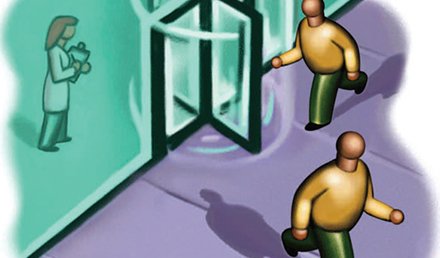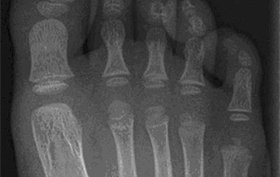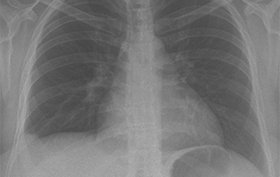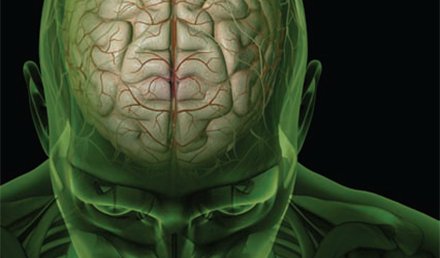Inviting would-be employer clients to visit your urgent care clinic is an increasingly common and effective marketing tool. Yet, most such visits are done with insufficient forethought. The majority of occupational health closes are “soft” commitments—that is, there is no guarantee that the prospect will use your urgent care clinic. Hence, some type of follow-up to most sales calls is advisable. Further, it is best to actually involve the prospect in some manner, as prospect …
Read MoreThere Will be Blood: Key Reasons That Start-ups Fail
JOHN SHUFELDT, MD, JD, MBA, FACEP In the movie There Will be Blood, character Henry Brands says, “That part of me is gone…working and not succeeding—all my failures has [sic] left me….I just don’t… care.” At the end, after the struggles, “I don’t care” is a common aphorism of the wanton entrepreneur. Maybe it is uttered during the futile death throes of the dying business. Or, maybe after leaving the bank president’s office. I suppose …
Read More
The Case of a 71-Year-Old Man with Back Pain
Though it is easy to predict the usual etiology of common complaints, we need to be able to exclude life-threatening causes of symptoms. In law, we are innocent until proven guilty. In medicine, we are required to prove certain diseases are not occurring; we are, in a sense, guilty until proven innocent: A 50-year-old man with chest pain and diaphoresis has an MI until proven otherwise. A 22-year-old woman with lower abdominal pain has an …
Read More
3-year-old female with foot pain after fall
The patient is a 3-year-old female who presented after a fall while running, complaining of pain over the foot. There was minimal local tenderness over the foot and minimal limp, but no other remarkable findings. View the image taken and consider what your diagnosis would be.
Read More
36-year-old woman experiencing postnatal back pain
The patient is a 36-year-old obese woman who presented with upper right back pain 10 days after a normal child birth. Pain is worse on coughing. Otherwise, she is fit and well. Upon examination, you find: No shortness of breath Normal oxygen saturation Patient is afebrile Auscultation: Reduced breathing sounds in right base, fine crackles on right View the image taken and consider what your diagnosis would be.
Read MoreDeveloping Data: April, 2008
As an emerging distinct practice environment, urgent care is in the early stages of building a data set specific to its norms and practices. In Developing Data, JUCM will offer results not only from UCA’s annual benchmarking surveys, but also from research conducted elsewhere to present an expansive view of the healthcare marketplace in which urgent care seeks to strengthen its presence. In this issue: What trend is emerging in how participating urgent care practices …
Read MoreThe Finer Points in Determining New vs. Established Patients
DAVID STERN, MD (Practice Velocity) Q.Our urgent care practice serves a 70-physician primary care group. The UC uses the three-year rule; if the patient has been seen by any physician in the medical group within the last three years, he/she is an established patient even if the patient has never been previously seen in the urgent care. A comparable UC center in a nearby city applies the three-year rule differently; if the patient has been …
Read MoreClinical Challenge: April, 2008
The patient is an 82-year-old man who presented after having fallen backwards and landing on his back. He did not lose consciousness; nor did he vomit. The patient entered the clinic using a walk- er, which he reported using on a regular basis. Examination revealed an abrasion over his forehead and over the anterior right tibia. The neurological exam showed no acute changes. The patient was specifically tender over the shoulder, but there was no …
Read More
April 2008
Abstracts in Urgent Care: April, 2008
Non-Steroidal Anti-Inflammatory Drugs for Low-Back Pain (Review) Key point: NSAIDS are more effective than placebo, are all similar in efficacy, and do have significant side effects. COX- 2 seems to have fewer side effects; however, the recent data on CV side effects is a concern. Citation: Roelofs PDDM, Deyo RA, Koes BW, et al. Cochrane Database of Systematic Reviews 2008, Issue 1. Art. No.: CD000396. DOI: 10.1002/14651858.CD000396.pub3. The authors searched the MEDLINE and EMBASE databases …
Read More